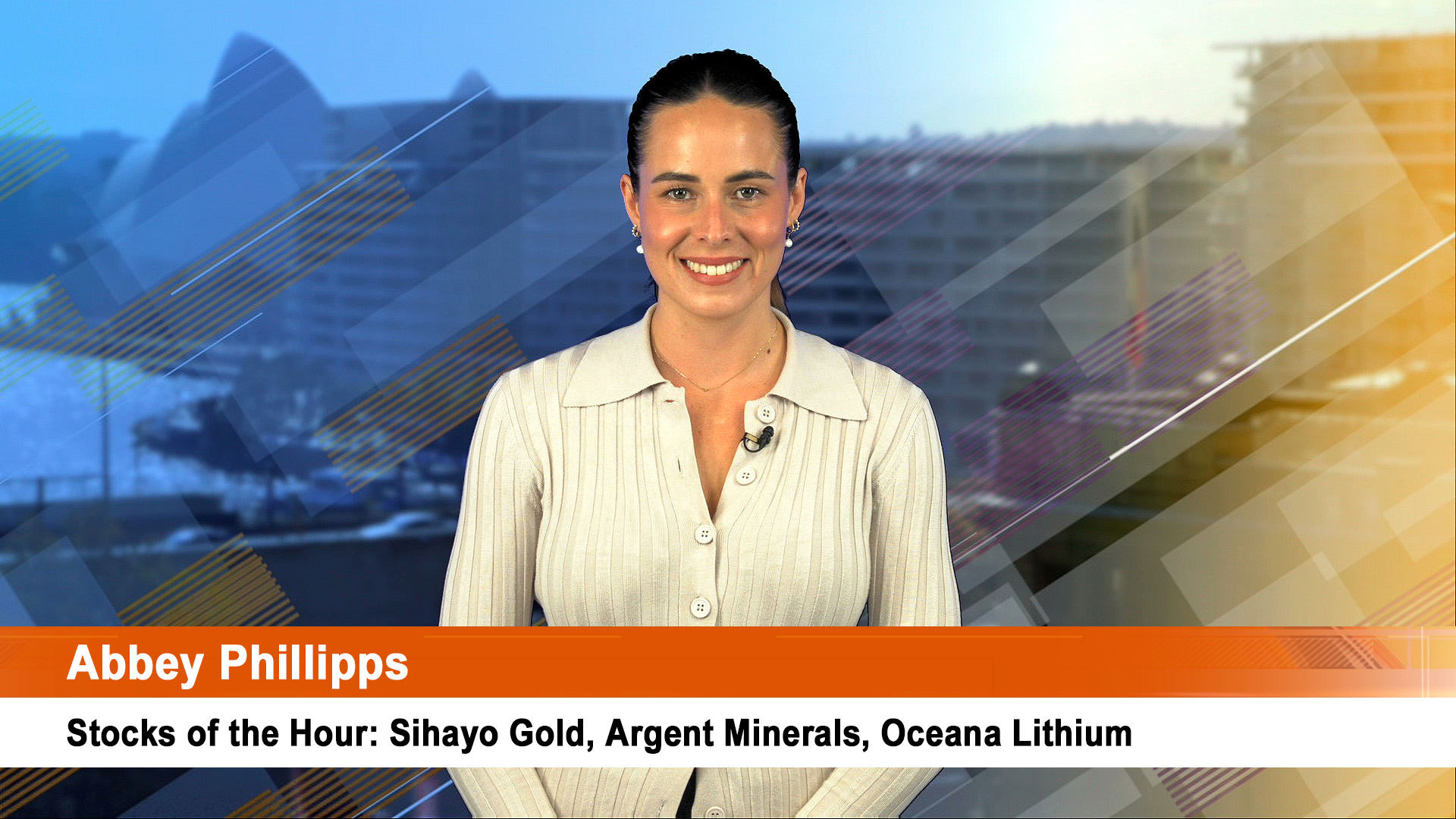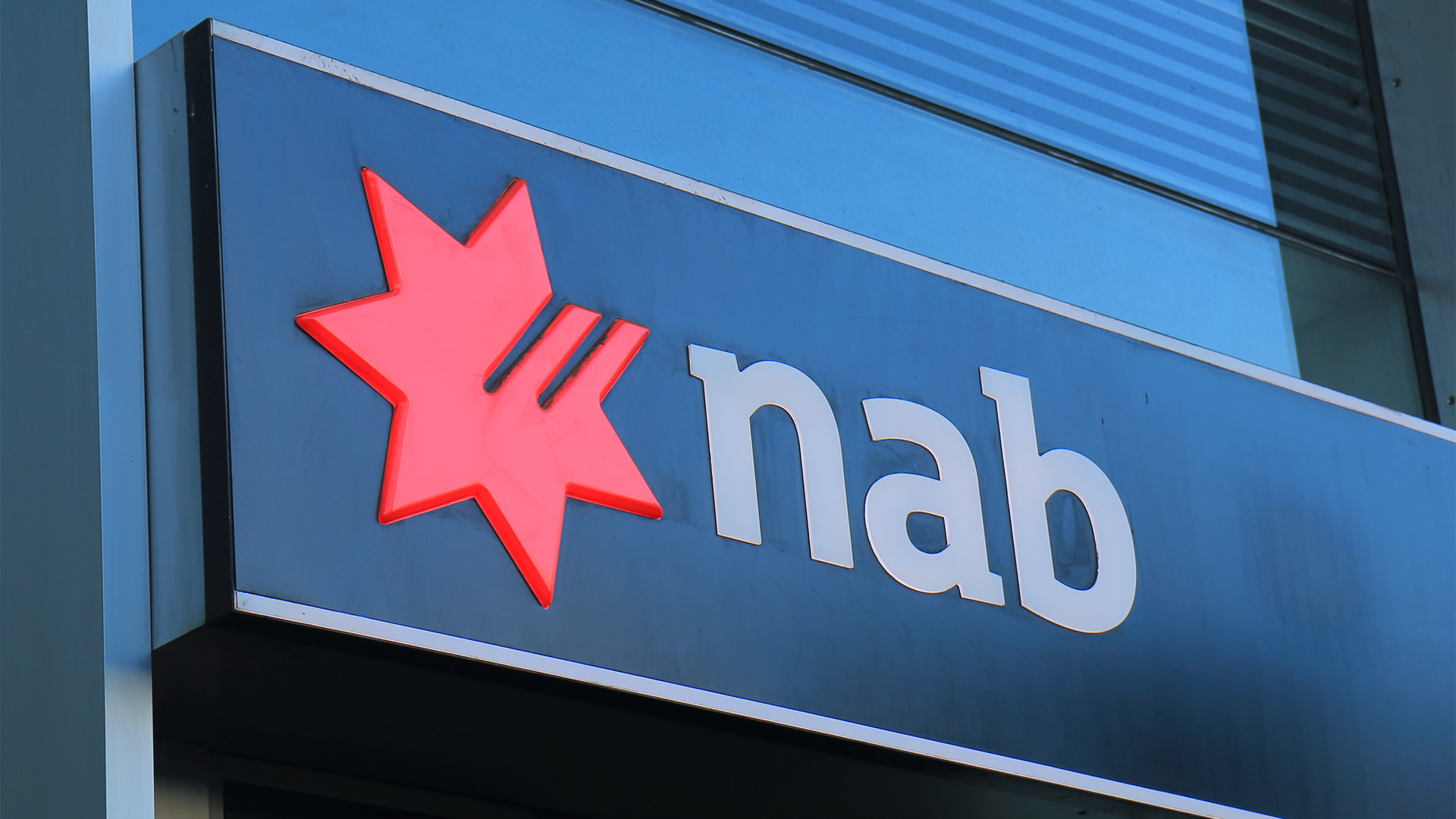The world's biggest miner, BHP Billiton, has signalled that the huge Olympic Dam mining project in South Australia is moving towards a multi-billion dollar expansion.
In a management reshuffle to create a new management team for the change of CEOs on October 1, the company has separated Olympic Dam from the rest of the base metals division and made it a separate business, under its own boss.
The driver is the expected boost to uranium production from Olympic Dam and it is the strongest indication to date that the company thinks the multi-billion dollar expansion is possible.
No other single mine in the companyis a stand alone business inside BHP Billiton but Olympic Dam, with its huge uranium, copper and other minerals, is a mining division on its own.
It is a sign that the next expansion plan, which will cost well over $5 billion and be the single largest project in the company's history, is going to occupy more and more management and board time, not to mention capital, in coming years.
Incoming CEO, Marius Kloppers, said in a statement yesterday that Graeme Hunt, currently president aluminium, would head up the newly created uranium and Olympic Dam development customer service group.
"The existing Olympic Dam operation as well as the expansion project will be separated from the Base Metals customer service group and operated under Mr Hunt's leadership," BHP Billiton said in a statement.
"The separation reflects the importance of both the asset and the expansion project in BHP Billiton's project pipeline and is recognition of the growing market for uranium to help meet the world's energy needs."
Olympic Dam is Australia's largest underground mine and has been producing copper, uranium, gold and silver since 1988.
BHP Billiton is presently investigating a major expansion of the operations.
Annual copper production could increase from the current 200,000 tonnes to about 500,000 tonnes, while annual uranium production could increase from 4,500 tonnes to around 15,000 tonnes. It would also produce 500,000 ounces of gold and 2.9 million ounces of silver.
BHP seems to be a bit behind previously stated milestones: the environmental and feasbility work was to have been completed by early this year and put up for comment. There are also reports BHP is thinking of changing tack and not smelting on site and sending concentrates to China for processing.
According to an environmental report, BHP Billiton said that the proposed expansion would see the amount of ore mined rising from 10 million tonnes per annum to about 40 million tonnes a year annum (at the time of writing, technical studies indicate that the preferred option would be an open pit in the undeveloped southern portion of the orebody).
The plans would also involve: "Establishing a new plant for processing the ore;
"Sourcing and supplying additional water, possibly from a coastal desalination plant;
"Sourcing and supplying additional energy and;
"Constructing, relocating or upgrading transport infrastructure and providing additional infrastructure and services associated with an increased workforce, including expansion of the local Roxby Downs township."
If all the go-aheads are given (with water a contentious issue) and the cost is within budget, work could start in 2009 and take around four years.
The separation of Olympic Dam was announced as part of the new management team that will work with Mr Kloppers, when he takes over the role from Chip Goodyear on October 1.
Marcus Randolph will become group executive and chief executive ferrous and coal, but the successor to Mr Kloppers as head of the non-ferrous business has yet to be announced.
Mr Randolph was previously chief organisation development officer.
Karen Wood, formerly BHP Billiton's chief governance officer and group company secretary, will take over as group executive and chief people officer,
Alberto Calderon, formerly head of the diamonds and specialty products customer sector group, takes over as group executive and chief commercial officer.
"Renewal and diversity, within a carefully planned executive development framework, have been hallmarks of our successful executive succession plan," Mr Kloppers said in a statement.
"This latest round of appointments continues our executive succession program and reinforces the strength of our management team."
Mike Yeager and Alex Vanselow continue in their respective positions, chief executive petroleum and chief financial officer.
Nelson Silva will replace Mr Hunt as president of aluminium, having joined in February as president strategy, development and South American operations for the Aluminium customer service group.
Company Secretary for BHP Billiton Ltd, Jane McAloon, will take over as group company secretary.
The absence of a replacement for Mr Kloppers internally might indicate that the company will be looking outside for someone to head up what is arguably the most important part of the huge company, given the enormous profitability of copper at the moment.
BHP Billiton shares fell 66c to $37.80 yesterday, but are still up more than 50 per cent this year.
The rise in the price is a recognition of the work done by Chip Goodyear and his team in positioning the giant to take advantage of the China boom and its spillover into other parts of the developing world.
It's going to be a hard act to follow, but Mr Kloppers and the board will have the chance to make a mark with the Olympic Dam expansion, which probably won't start paying off until around 2015.
That sort of time frame is why talk of private equity interest for the likes of BHP and Rio Tinto is pie in the sky. Fancy spending the best part of $5 billion or more and no payoff for five to e













